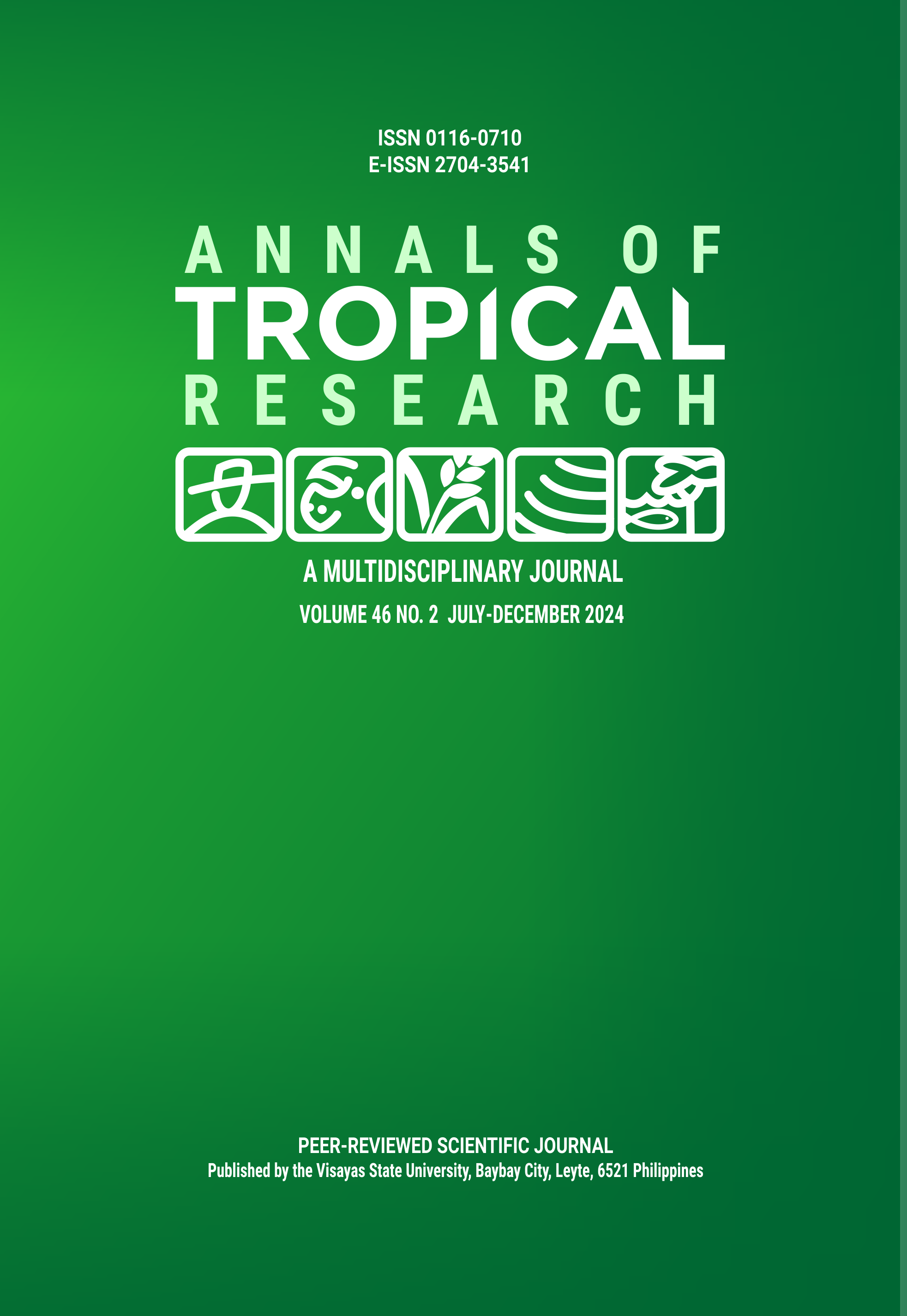Stem cutting, rooting, and shoot growth potentials of some hedge plant species as influenced by number of nodes
DOI:
https://doi.org/10.32945/atr4626.2024Keywords:
hedge species time of root, shoot initiation, propagation, rooting percentage days after plantingAbstract
Root and shoot initiation, as well as seedling growth after planting a stem cutting, is critical for ensuring seedling establishment. This study was carried out at the Department of Horticulture Nursery, Federal University of Agriculture Abeokuta, Nigeria, to examine early rooting and shoot development of landscape hedge plants during propagation with respect to the number of nodes per cutting. Species used were Duranta repense Linn., Duranta erecta Linn., Variegated Duranta erecta Linn., Ficus retusa Linn., Ixora coccinea Linn., Acalypha inferno Linn., Acalypha wilkesiana Mull. Arg. Hamelia patense Jacq., Boungainvillea glabra Wild., and Alternanthra dentata Scheygr. Stem cuttings of each of the ten species with 2, 3 and 5 nodes constituted the treatments arranged in Completely Randomized Design with three replicates. Time of root and shoot emergence, rooting percentage observed daily from one day after planting (DAP), number of leaves, seedling height, number of sprouted cuttings were measured weekly from 2 weeks after planting (WAP) and stem girth (at 15cm seedling height) 4 WAP. Fresh root and fresh shoot biomass were measured at 16 WAP. The result revealed that the number of nodes per cutting and the plant species had significant effects on the time to root, shoot initiation, cutting height, and number of leaves, stem girth, fresh root and shoot biomass. Duranta species performed best for all of these parameters while Bougainvillea glabra produced the lowest shoot biomass. Days to shoot initiation was not significantly different (p≤0.05) across the number of nodes for all species, ranging between 8 and 10 days after planting (DAP). Time to root was also similar regardless of the number of nodes across species with all species rooting at a range of 14-28 DAP. All the species used in this study, except Ficus retusa can be classified as easy to propagate because of their early root formation and relatively fast shoot initiation, indicating their potential suitability for use as hedge plants.
Downloads
Submitted
Published
How to Cite
Issue
Section
License

This work is licensed under a Creative Commons Attribution-NonCommercial-NoDerivatives 4.0 International License.











